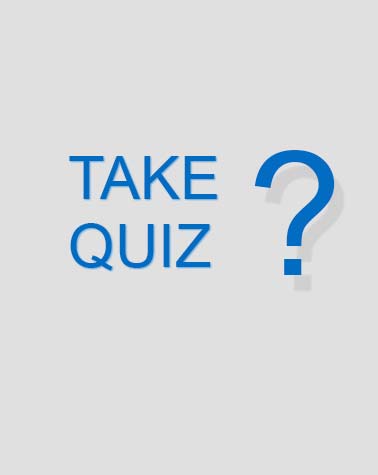Gebhardt---atoms And Atomic Structure Notes Check

The 'Gebhardt---Atoms and Atomic Structure Notes Check' quiz assesses understanding of basic atomic structure, including the composition and properties of atoms, such as electron count and neutron calculation in sodium.
- 1.
What are most atoms made of?
- A.
Molecules
- B.
Water
- C.
Protons, neutrons and electrons
- D.
None of the above
Correct Answer
C. Protons, neutrons and electronsExplanation
Atoms are the basic building blocks of matter. They are composed of subatomic particles called protons, neutrons, and electrons. Protons and neutrons are found in the nucleus of the atom, while electrons orbit around the nucleus. Therefore, most atoms are made up of these three fundamental particles.Rate this question:
-
- 2.
What is the charge given to electrons?
- A.
Negative
- B.
No charge
- C.
Positive
- D.
None of the above
Correct Answer
A. NegativeExplanation
Electrons are negatively charged particles. They carry a negative charge, which is equal in magnitude to the positive charge carried by protons. This charge allows electrons to interact with other particles and participate in various chemical and electrical processes.Rate this question:
-
- 3.
Which of the following has the smallest mass?
- A.
Proton
- B.
Electron
- C.
Neutron
- D.
They all have the same mass and there is no difference
Correct Answer
B. ElectronExplanation
The electron has the smallest mass among the given options. Protons and neutrons have approximately the same mass, which is much larger than the mass of an electron. Therefore, the electron has the smallest mass compared to the other particles listed.Rate this question:
-
- 4.
Sodium is an element that makes up table salt. Its atomic number is 11 and its atomic mass is 22.999. How many neutrons does this Sodium atom have?
- A.
10
- B.
11
- C.
12
- D.
13
Correct Answer
C. 12Explanation
The atomic number of an element represents the number of protons in its nucleus, which in this case is 11 for sodium. The atomic mass of an element represents the sum of protons and neutrons in its nucleus. Since the atomic mass of sodium is 22.999 and the atomic number is 11, we can subtract the atomic number from the atomic mass to find the number of neutrons. Therefore, the number of neutrons in this sodium atom is 12.Rate this question:
-
- 5.
Using the sodium: Atomic number of 11 and Atomic Mass of 22.999; how many electrons would Sodium have?
- A.
10
- B.
11
- C.
12
- D.
13
Correct Answer
B. 11Explanation
Sodium has an atomic number of 11, which indicates the number of protons in its nucleus. In a neutral atom, the number of electrons is equal to the number of protons. Therefore, sodium would have 11 electrons.Rate this question:
-
Quiz Review Timeline +
Our quizzes are rigorously reviewed, monitored and continuously updated by our expert board to maintain accuracy, relevance, and timeliness.
-
Current Version
-
Mar 22, 2023Quiz Edited by
ProProfs Editorial Team -
Dec 05, 2014Quiz Created by
Courtney Frank


